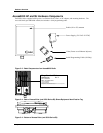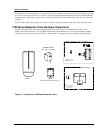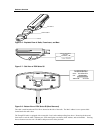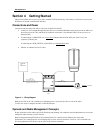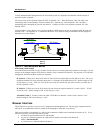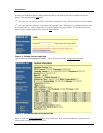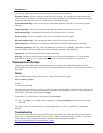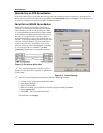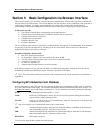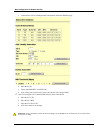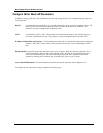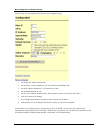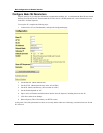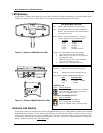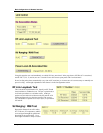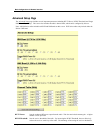
Basic Configuration via Browser Interface
Trango Broadband Wireless — Access5830 User Manual Rev. F page 12
Section 5 Basic Configuration via Browser Interface
This section describes a few more basic concepts and how to establish a basic wireless link between the AP and the SU,
using the Browser (HTTP) Interface. This section addresses only the most basic steps in establishing a link in the lab, or
a bench-top environment. It is highly recommended that you read the other sections of this manual to gain an
understanding of all important configuration parameters and procedures prior to deploying any wireless equipment.
In this section you will:
• Learn about AP and SU Basic Configuration Screens and Parameters
• Populate Access Point’s Subscriber Unit Database (SUDB) with at least one SU
• Configure Other Basic AP Parameters
• Configure Basic SU Parameters
• Establish a Wireless Link
• Evaluate Link Quality
The Access5830 uses the concept of “association” to indicate that the APs and SUs are communicating. If all parameters
are properly set, the AP will begin actively searching for the SUs in its SUDB. Once an active SU is detected, the
authentication and association process will begin.
Essentials to Establish a Wireless Link
• Base ID in AP and SU must match
• SU ID and MAC Address of SU must match an entry in the SUDB
• AP’s RF Channel and Polarization must exist in the SU’s channel scan table
• AP must be in Opmode “AP”
• SU must be in Opmode “SU”
• Adequate signal strength must be received at each radio
If all of these parameters are met, and if the AP and SU are within range and properly aligned, the wireless link will
automatically establish itself and Ethernet traffic will begin to pass between the radios.
! Note: This section utilizes the Browser Interface as the configuration tool. For the equivalent CLI commands, see
Appendix B.
Configuring AP’s Subscriber Unit Database
Prior to establishing a wireless link, the user must configure the Subscriber Unit Database (SUDB) in the AP with each
SU’s MAC address and related settings. The subscriber unit database includes detailed information about each SU. Use
the Subscriber Database
page to add, modify, and delete SUs. The key information for each SU includes the following:
SU ID: User Definable Subscriber Unit ID (1…8190)
TYPE: PR Priority or REG Regular. Priority SUs are favored in the dynamic polling process and thus
respond with less latency than regular SUs.
SU to SU: Group # (1..F in hex) for SU to SU communications. Only SUs with same SU to SU group # may
communicate with each another.
! Note: SUs using SU to SU communication must be on the same subnet!
CIR: Committed Information Rate. Minimum rate (measured in Kbps) at which the AP will attempt to
deliver bandwidth to that SU. Maximum setting is 9999.
MIR: Maximum Information Rate. Maximum rate (measured in Kbps) at which the AP will attempt to
deliver bandwidth to that SU. Maximum setting is 9999.
DEVICE ID: MAC address of the SU.
To set up an SU in the SUDB, complete the following steps:



